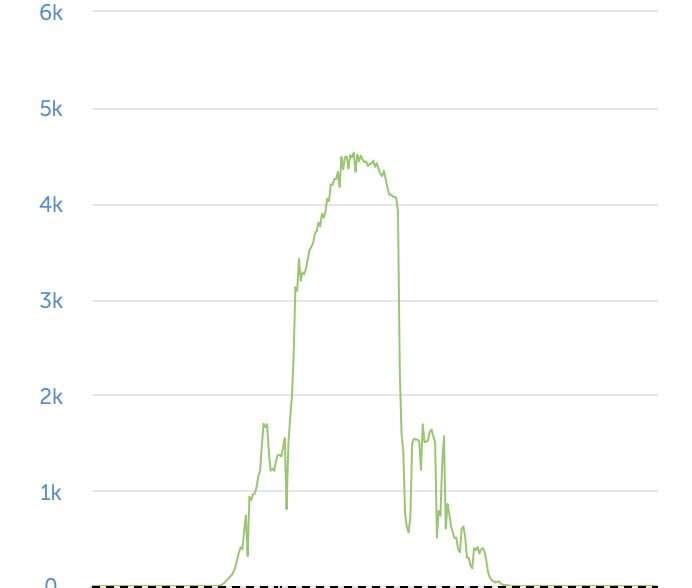Hi,

Would you be able to tell me if my solar panel yield is suitable based on the consumption readings? Am I correct to assume today I consumed the exact amount of power my solar panel yielded? It is summer here in Australia I am just worried about winter.
My battery is 9Ah LifePo4 and my solar panel is 50W.
Kind regards!


